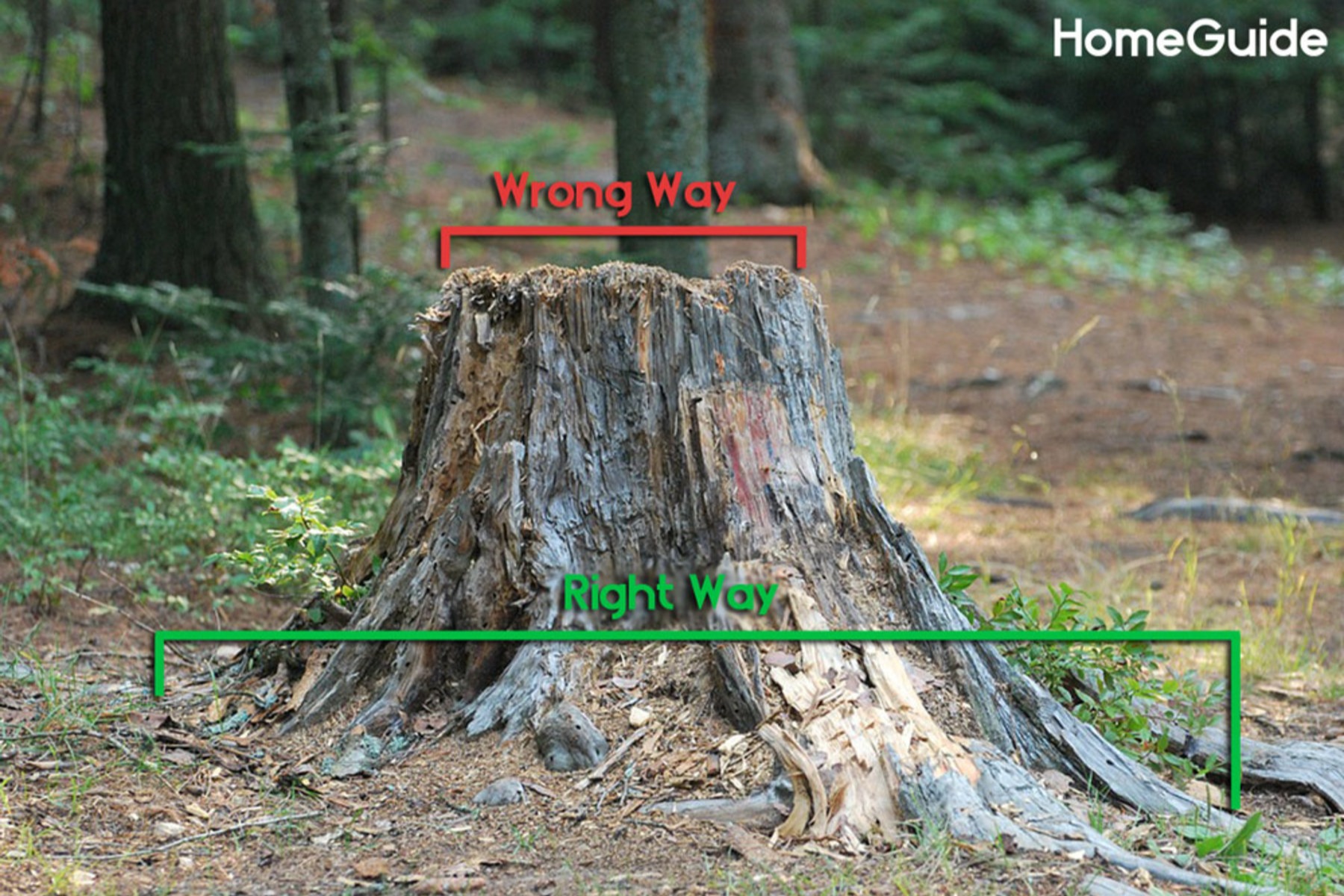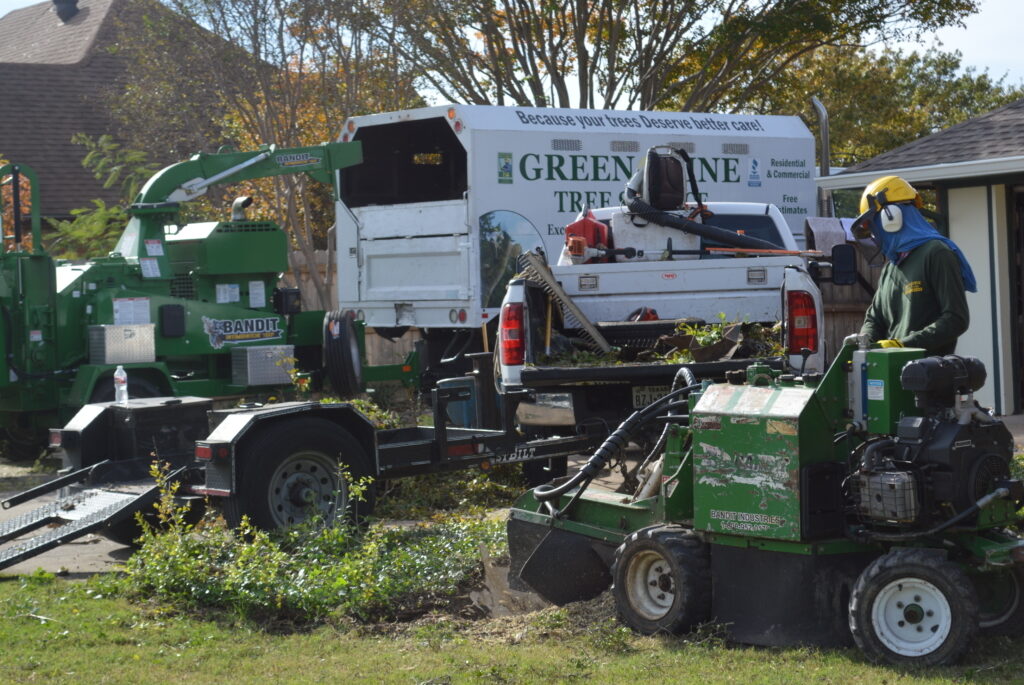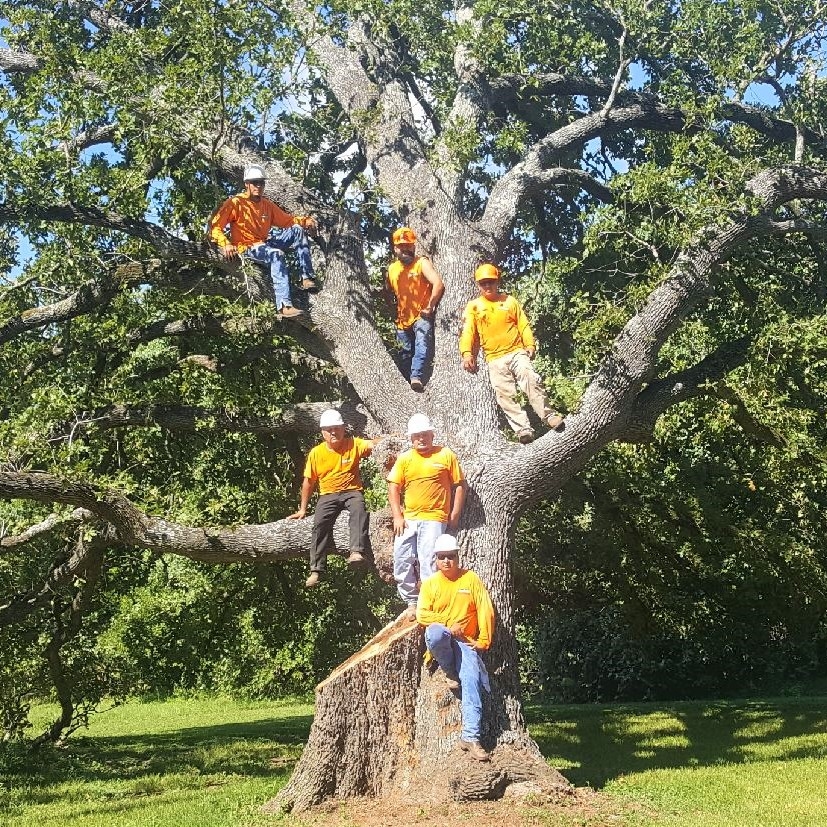Stump Removal Cost: A Comprehensive Guide
Introduction
Have you ever wondered why an unsightly stump in your yard seems to linger forever? Removing a tree stump isn’t just about aesthetics; it’s also about preventing safety hazards, pests, and regrowth. However, stump removal comes with costs that can vary based on numerous factors. Whether you’re considering DIY or hiring a professional, this guide will provide a detailed breakdown of costs, methods, and tips to help you make an informed decision.
Factors Affecting Stump Removal Costs
Several factors influence the cost of stump removal. Understanding these can help you budget effectively and anticipate potential challenges.
Size of the Stump
• Diameter: A stump’s diameter determines how much time and effort it takes to remove. Larger stumps require more grinding or chemical treatments.
• Height: Taller stumps may cost more because they require additional cutting before removal.
• Root System: Wide or deep-rooted stumps are more labor-intensive to remove, adding to the cost.
Location and Accessibility
Stumps in open spaces are easier to access, reducing costs.
If the stump is located in a tight space, near fences, buildings, or underground utilities, removal becomes more complex and expensive.
For remote areas, travel fees might apply.
• Type of Tree and Stump Condition
• Hardwood Trees (e.g., oak, maple): These stumps are denser and more difficult to grind or remove.
• Softwood Trees (e.g., pine): Easier and less expensive to handle.
• Rotting vs. Fresh Stumps: Decayed stumps are typically easier and cheaper to remove compared to freshly cut, solid stumps.
Equipment and Labor Requirements
Specialized equipment like stump grinders increases the cost but ensures thorough removal.
Labor costs rise for jobs that require manual digging or hand-held tools in tricky locations.

Number of Stumps
Removing multiple stumps often results in discounts, as service providers can bundle the work, reducing per-stump costs.
Methods of Stump Removal
Each method has its advantages, drawbacks, and associated costs. Here’s an in-depth look at the most common approaches.
Manual Removal
• Ideal For: Small stumps with shallow roots.
• Process: Involves digging around the stump, cutting roots with an axe or saw, and prying the stump out.
• Tools Needed: Shovel, axe, pry bar, and potentially a chainsaw for cutting the stump to ground level.
• Cost: Minimal if you already own the tools; otherwise, $20–$100 for equipment.
• Effort: Requires significant physical labor and time.
Stump Grinding
• Ideal For: Medium to large stumps.
• Process: A stump grinder pulverizes the stump into wood chips, leaving the roots underground.
• Equipment: Grinders range from handheld machines to heavy-duty ones.
• Cost: $100–$500 per stump or $2–$5 per inch of diameter. Renting a grinder costs $100–$200 per day.
• Advantages: Quick and efficient; leaves the area ready for landscaping.
Chemical Removal
• Ideal For: Non-urgent cases where time isn’t a constraint.
• Method: Bore holes into the stump, pour in flammable materials such as kerosene, stump removal cost and set it on fire.
• Cost: $20–$100 for chemicals and tools.
Disadvantages: Slow process and requires careful handling of chemicals.
Burning the Stump
• Ideal For: Cost-conscious homeowners in rural areas where burning is permitted.
• Process: Drill holes, add flammable substances like kerosene, and ignite the stump.
• Cost: Less than $50 for materials.
• Caution: Check local regulations, and use this method only in safe, controlled conditions.
Excavation
• Ideal For: Large stumps with extensive root systems.
• Process: Heavy machinery like backhoes or excavators uproots the stump entirely.
• Cost: $300–$1,000 due to equipment and labor fees.
• Advantages: Ensures complete removal, including roots.
Average Stump Removal Costs
Cost by Stump Size
1.Small Stumps (<12 inches): $50–$150.
2.Medium Stumps (12–24 inches): $150–$300.
3.Large Stumps (>24 inches): $300–$600.
Hourly Rates
Professional arborists or landscapers may charge $50–$150 per hour, depending on the complexity of the job.
Regional Price Variations
• Urban Areas: Higher costs due to increased labor and equipment fees.
• Rural Areas: Generally cheaper, but travel fees might apply.
Additional Costs
• Root Removal: $100–$500 depending on the extent of the roots.
• Debris Cleanup: $50–$200 for wood chip or debris removal.
DIY vs. Professional Stump Removal
DIY Removal
• Benefits: Cost-effective for small stumps.
• Challenges: Requires tools, physical effort, and knowledge.
• Hidden Costs: Renting equipment, safety gear, and potential property damage.

Professional Services
• Benefits: Quick, thorough, and safe. Professionals handle large or difficult stumps with ease.
• Cost: $100–$600 per stump, depending on size and location.
• Worth It For: Large, deep-rooted stumps or jobs requiring specialized equipment.
Tips to Save Money on Stump Removal
• Bundle Services: Combine stump removal with other tree services to get a discount.
• Schedule in the Off-Season: Late fall and winter often bring lower demand and better rates.
• Compare Quotes: Always get at least three quotes before selecting a provider. stump removal cost
• DIY Small Stumps: Save money by manually removing or grinding small stumps yourself.
Environmental Considerations
• Repurpose the Stump: Turn wood chips into mulch or use them for landscaping.
• Replanting: Offset the environmental impact by planting a new tree in place of the removed stump.
• Avoid Chemicals: Opt for grinding or manual removal to keep your yard eco-friendly.
Conclusion
Stump removal may seem daunting, but it’s an essential part of maintaining a safe, beautiful yard. Whether you opt for a cost-saving DIY approach or hire professionals for a hassle-free experience, understanding the costs and methods involved ensures you make the best choice. Transform your outdoor area and make your yard yours again today!


